Born in a poor Dalit shanty, Mayawati got herself an education, made her way into politics, and against all odds, made a name for herself. Now, as the leader of the Bahujan Samaj Party (BSP) in Uttar Pradesh (UP), she plays a central role in UP politics, and by extension, in national politics.
Mayawati’s story is the story of the underdog.
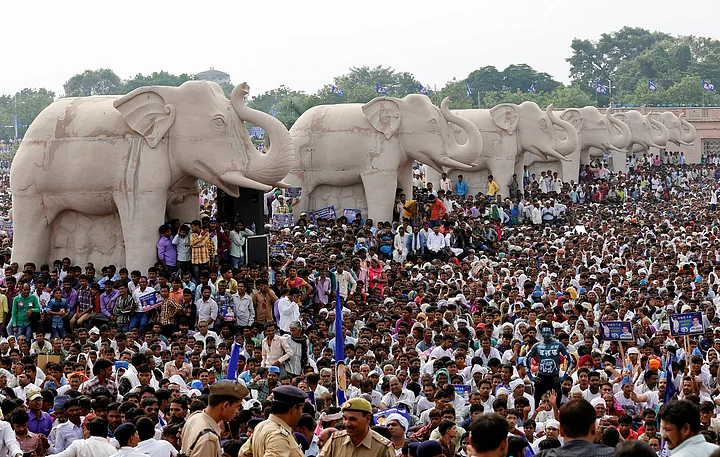
What’s Mayawati’s Story?
Mayawati was born in a poor Dalit family in New Delhi in 1956. Her mother was an illiterate homemaker and her father got a job as a clerk in the postal department of the Indian government, because of a Dalit quota. While this led to a marginal improvement in her living conditions (from a village in UP to a slum in Delhi), her family’s progress was seen as selfish and hostile by their fellow villagers in Badalpaur, UP.
From a very early age, I learned to hate the caste system with all my might.Mayawati’s autobiography, A Travelogue of My Struggle-Ridden Life and BSP Movement

Education and Introduction to Politics
Mayawati went on to secure a Bachelor of Arts as well as a Bachelor of Education degree. She then studied for an undergraduate degree in law, while preparing for the national civil services.
Political activist Kanshi Ram first took notice of her when she gave a fiery speech in defence of Dalits in Delhi in 1977. He had in the works, a socio-political movement aimed at the upliftment of Dalits – one that would finally take the form of the BSP in 1984.
Seven years before the party existed, Kanshi Ram singled out Mayawati, and convinced her to join politics with him. She agreed, and under Kanshi Ram’s mentorship and close friendship, rose in the ranks. He let her unilaterally handle UP, while he focused on BSP’s national expansion. By the 1980s, she was the uncontested second-in-command of the party.
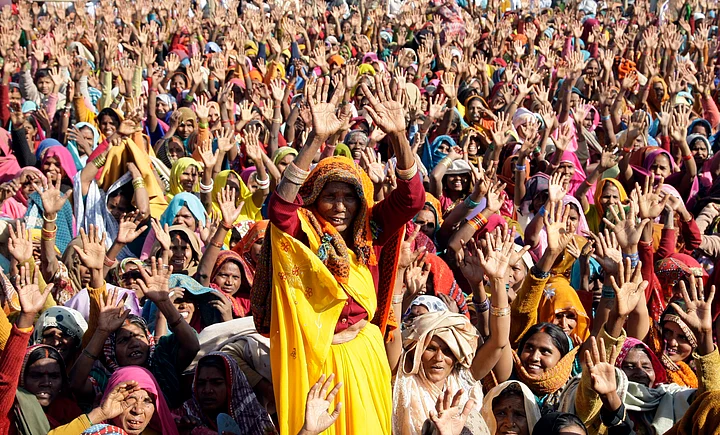
In 1993, Mayawati became the first Dalit woman to become a Chief Minister (CM). She would go on to become the CM thrice more – all of which, based on shaky alliances, ended quickly. In 2007, she finally won a clear majority and came to power – before losing to the Samajwadi Party (SP) in the UP elections of 2012.
Was Mayawati a Good Chief Minister?
Inarguably, the most significant contribution of Mayawati as CM has been to make the Dalit identity larger than life (quite literally, with 20 feet statues of Dalit icons and symbols) – subsequently providing Dalits with self-respect and a deepening political confidence. Hundreds of monuments of Dalit leaders, including herself, now dot UP’s landscape, worth approximately $250 million.
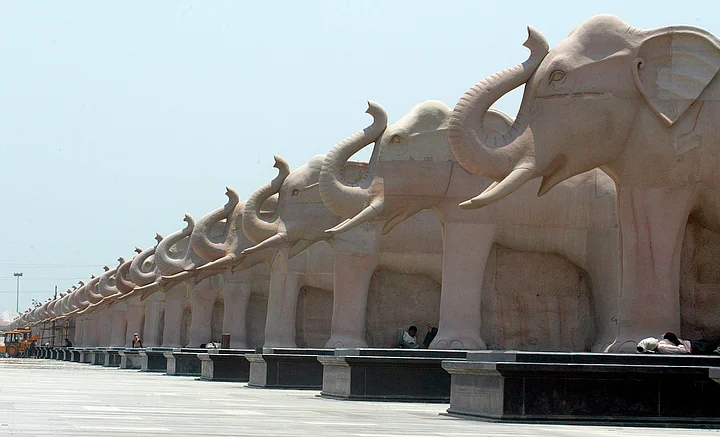
The instability of her chief ministerial tenures affected her governance. Quick rewards and drastic changes became the norm to ensure victory in the coming elections. Space was made in the budget for job guarantees such as 30% reservations for Dalits in the private section, loan waivers for Dalits, reshuffling of bureaucracy to promote Dalits, and several welfare schemes for backward classes, the disabled, the girl child and so on and so forth.
Overall, law and order was far better handled by Mayawati as compared to the Yadav’s infamous Gunda-raaj – although development remained on the back-burner. Due to her brand of micro-politics and quick handouts, Mayawati could never form an inclusive, cohesive governance policy and effectively implement it, as is necessary for sarvjan hitay (benefit of all).
What is Mayawati’s Brand of Politics?
Her career began with a shrill anti-Brahmin rhetoric. She once famously asked her supporters to throw slippers at Brahmins, and in 1994 declared Gandhi as the enemy of all Dalits and BSP. After coming to power, however, she restrained herself and focussed on sarvjan samaj (everyone’s society), keen to project BSP as a national party. As recently as last year, Mayawati expelled a Dalit core party member for making objectionable remarks against Brahmins.
When she first became CM, it was through a messy SP-BSP alliance. In 1995, BSP forged a shocking alliance with the Bhartiya Janata Party (BJP) to win. Dalits form 22% of the state, while Muslims form another 19%; with BSP’s considerable sway over these communities, the adage came to be that whichever party strikes an alliance with BSP would form the government.
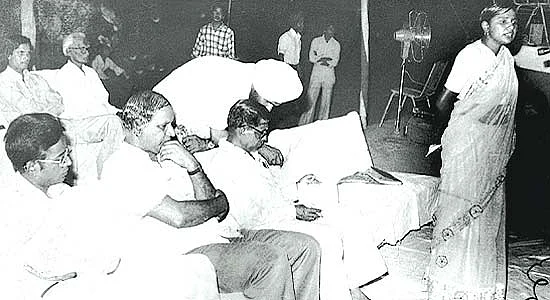
Capture this temple of power for your emancipation through votes.Mayawati’s autobiography, A Travelogue of My Struggle-Ridden Life and BSP Movement
From Bahujan Samaj to Sarvjan Samaj
Today, Mayawati’s idea of society is a ‘confederation of castes’. She believes that to make “India a society based on equality – socially, politically and economically”, people must use their caste and opportunities should be given to all. Her 2007 victory in UP came about due to her revolutionary Dalit-Upper Caste strategy; Brahmins started leaning towards sarvjan hitay, bhaichara sammelans were organised across the state for months and the echo of the elections resounded: “Dalit-Brahmin bhai-bhai”.
Recently, while releasing the list of BSP’s candidates for the UP elections, Mayawati began the press conference by outrightly stating that the nominations were divided on the basis of caste and religious identity. Out of 403 assembly seats, the SC candidates, Muslim community, OBCs and savarna candidates have been allotted 87, 97, 106 and 113 seats respectively.
A One-Woman Show
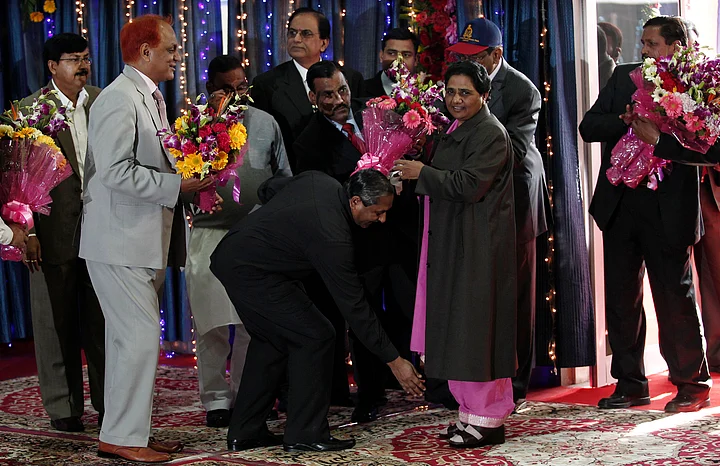
The BSP is a top-down organisation, ruled by an autocratic Mayawati. She’s a one-woman show, and is often called aloof. She fires those who cross or upset her, personally oversees all mid-high level decisions, refuses to give one-on-ones to the media and is known to sell her tickets for lakhs, which – considering the scale of the UP electorate – is enough to keep the BSP’s and her own coffers flowing for a long time.
The downside? The party has no visible structure – as also a shortage of field workers. Also, unlike the time of Kanshi Ram, there is no second-in-command and the core of BSP remains inflexible, with an unapproachable leader.
How Rich is Mayawati?
In 2010, Mayawati declared assets worth Rs 88 crore, an increase in Rs 36 crore from 2007. In the 2007 legislative council elections, her assets were worth Rs 52 crore. Estimates chalk her growth at Rs 1 crore a month.
She proudly displays her extensive collection of diamonds and silk salwar-kurtas (her favourite colour is pink).
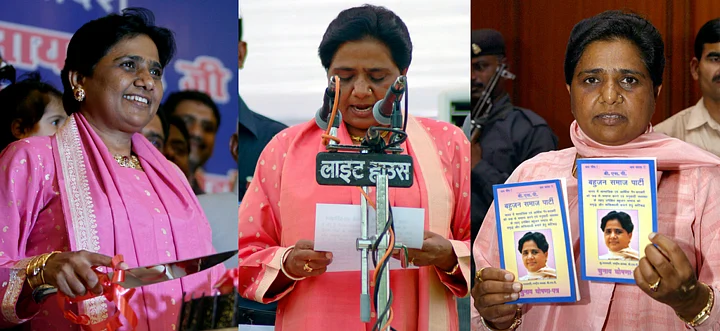
BSP workers are in the habit of ordering birthday cakes as heavy as the age she turns. (On her 52nd birthday, Mayawati cut a cake weighing 52 kilograms.) The workers also collect funds from party workers and supporters – often by force; refusal to contribute can lead to suspension or even murder. Money garlands worth lakhs are given to her at rallies and conferences as a common practise.
She faces charges in the infamous Taj Corridor case, in which the CBI found, in 2002, that she had embezzled money from a project to build a shopping mall, and that she owned 72 houses in Delhi and Lucknow, including several mansions with single windows costing Rs 15 lakh each. When the matter went to court, she stated that they were all gifts from her well-wishers.
Mayawati’s wealth, however, isn’t seen as a liability by her Dalit supporters. The latter consider it a vicarious victory – a victory owned by one of them who managed to beat the rich at their game.
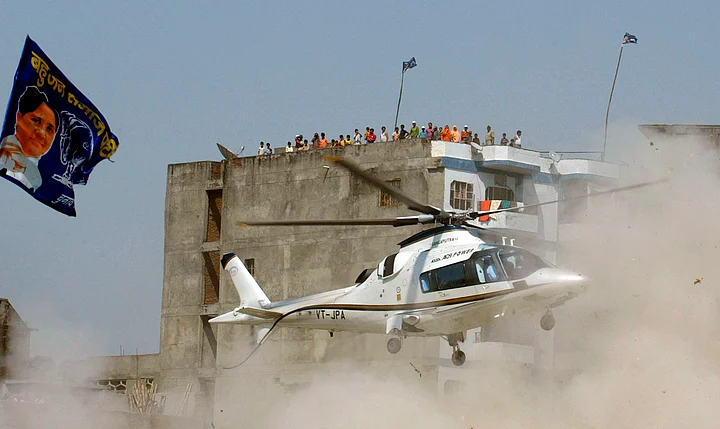
Is Mayawati’s Brother Making Crores by Leveraging her Influence?
Last year, news channel Times Now came to be in possession of the income tax records of Mayawati’s low-profile entrepreneur brother, Anand Kumar. Records showed that Kumar’s companies, many of which existed only on paper, made an average profit of 18,000% while Mayawati was the CM of UP between 2007 and 2012. One of the companies, Dia Realtors, made an “abnormal” profit of 45,257% in the seven-year period.
Kumar’s net worth is now Rs 1,300 crore, of which the IT department estimates Rs 440 crore is in cash, and the rest in fixed assets, including land.
What’s Next for Mayawati and BSP?
How UP votes today, India votes tomorrow, and Mayawati is acutely aware of that fact. She can rise as the key challenger to PM Modi in 2019, if she taps into the anger of the lower classes today, in the light of events such as demonetisation, atrocities against Dalits, the beef ban targeting Muslims and Dalits, and the Muzaffarnagar riots.
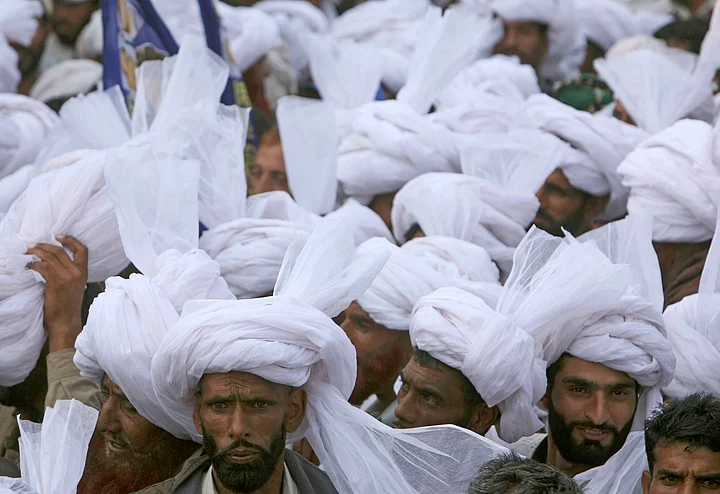
But...It’s Not Easy Being PM
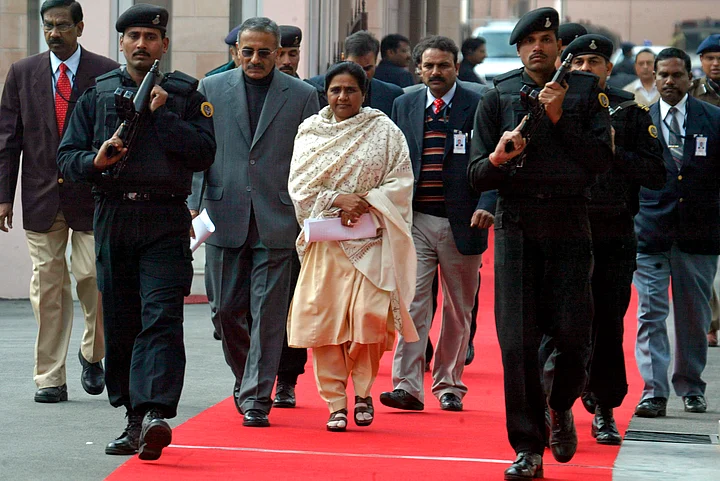
For starters, in the last 25 years, BSP has been able to make no visible entry into the South, where caste politics plays out entirely differently.
Ideology-wise, Mayawati is a short-term opportunist. Her views have been surprising and few– ranging from protectionism on behalf of small industries in trade, to reconsidering a nuclear deal with Iran! With the memory of the 2009 loss fresh in her mind, Mayawati needs to plug the gaps in her strategy and her barely-democratic party. She needs to rise above caste-based politics and speak up on corruption, trade, security, foreign policy, climate change – make herself heard and seen on the national field.
With an increase in the number of regional parties playing the caste and religion card, vote banks are splitting and larger issues like development, digital empowerment and education are capturing people’s imaginations. For Mayawati to win, in UP and in Delhi, she needs to be looking at a more substantive and mature kind of politics.
Also Read:
(At The Quint, we are answerable only to our audience. Play an active role in shaping our journalism by becoming a member. Because the truth is worth it.)
